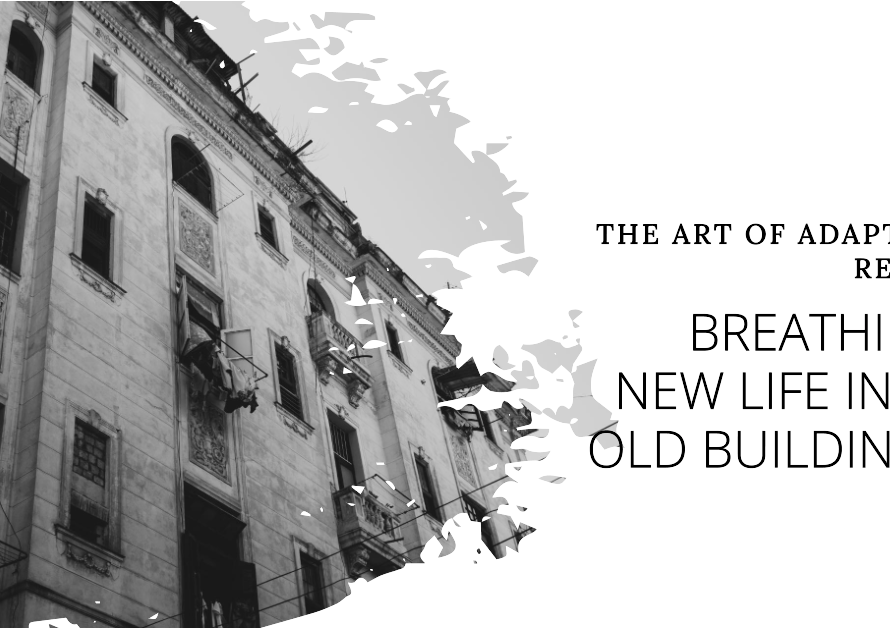
Table of Contents
Introduction to Construction Safety
In the realm of construction, safety stands as the cornerstone upon which every project must be built. The construction industry, by its very nature, presents a myriad of hazards and risks that demand meticulous attention and proactive measures to mitigate. In this blog post, we delve into the essential best practices that builders can adopt to uphold safety standards, safeguarding not only the well-being of workers but also the integrity and success of the project itself.
Comprehensive Risk Assessment
Before laying the first brick or driving the initial nail, a thorough risk assessment is paramount. This proactive step involves identifying, evaluating, and prioritizing potential hazards that may arise throughout the project lifecycle. From structural risks to environmental factors and human elements, every aspect must be meticulously scrutinized. Employing methodologies such as job hazard analysis (JHA) and failure mode and effects analysis (FMEA) can aid in this process, offering a structured approach to risk identification and mitigation.
Active involvement of all stakeholders, including project managers, engineers, and frontline workers, is crucial during the risk assessment phase. Their collective insights and expertise contribute to a more comprehensive understanding of potential hazards and enable the formulation of effective risk mitigation strategies. By conducting a comprehensive risk assessment at the outset, builders lay a solid foundation for safety throughout the construction endeavor.
Prioritize Training and Education
A knowledgeable workforce is the bedrock of construction safety. Investing in comprehensive training programs ensures that workers possess the necessary skills and knowledge to navigate potential hazards with confidence and competence. From proper equipment usage to emergency response protocols, training initiatives should cover a wide array of safety-related topics relevant to the construction site.
Moreover, ongoing education and skill development should be embraced as a continuous endeavor within the construction industry. Regular safety briefings, toolbox talks, and refresher courses serve to reinforce best practices, update workers on new regulations or technologies, and cultivate a culture of safety consciousness. By prioritizing training and education, builders empower their workforce to proactively identify and address safety concerns, fostering a safer working environment for all.
Implement Stringent Safety Protocols
In the dynamic environment of a construction site, adherence to robust safety protocols is non-negotiable. Establishing clear and concise safety guidelines, procedures, and protocols ensures consistency and promotes a standardized approach to safety across all project phases. From personal protective equipment (PPE) requirements to equipment operation protocols and emergency procedures, every aspect of safety must be meticulously documented and communicated to all stakeholders.
Furthermore, enforcement of safety protocols is equally vital. Designating safety officers or supervisors tasked with monitoring compliance and addressing deviations from established protocols helps uphold accountability and reinforce a culture of safety. Regular audits and inspections serve as checkpoints to assess the effectiveness of existing protocols and identify areas for improvement. By implementing stringent safety protocols, builders instill a culture of safety consciousness that permeates every facet of the construction process.


Embrace Technology for Safety
Innovation is revolutionizing the landscape of construction safety, offering a plethora of technological solutions to enhance hazard identification, risk mitigation, and incident prevention. From wearable devices that monitor vital signs and detect hazardous conditions to drones that conduct aerial surveys and identify potential safety hazards, technology holds immense potential to augment traditional safety practices.
Building Information Modeling (BIM) is another technological innovation that offers significant benefits in terms of safety planning and risk mitigation. By creating detailed 3D models of construction projects, BIM enables stakeholders to visualize potential safety hazards and proactively address them during the planning phase. Additionally, real-time monitoring systems and sensors provide invaluable insights into environmental conditions, equipment performance, and worker activities, facilitating early intervention and risk mitigation.
Foster a Culture of Accountability
Safety is not merely a set of rules and regulations; it is a mindset that must be embraced by every individual involved in the construction process. Fostering a culture of accountability entails instilling a collective responsibility for safety at all levels of the organization, from top management to frontline workers. Clear communication of safety expectations, coupled with meaningful incentives for adherence, reinforces the importance of safety as a core value within the organization.
Moreover, empowering workers to actively participate in safety initiatives and decision-making processes fosters a sense of ownership and investment in their own well-being. Encouraging open dialogue and soliciting feedback regarding safety concerns and suggestions for improvement demonstrates a commitment to continuous improvement and cultivates a culture where safety is everyone’s responsibility. By fostering a culture of accountability, builders lay the groundwork for sustained safety excellence.
Prioritize Mental Health and Well-being
In the high-pressure environment of construction, mental health and well-being often take a backseat to physical safety concerns. However, overlooking the psychological aspect of safety can have detrimental effects on both individual workers and the overall project performance. Long hours, tight deadlines, and demanding work conditions can contribute to stress, anxiety, and fatigue among construction workers, compromising their ability to perform safely and effectively.
Prioritizing mental health and well-being requires a multifaceted approach that addresses both organizational and individual factors. Implementing employee assistance programs (EAPs), providing access to mental health resources and support services, and promoting work-life balance are essential steps in supporting the psychological well-being of construction workers. Additionally, fostering a culture of open communication and destigmatizing discussions around mental health issues create a supportive environment where workers feel comfortable seeking help when needed.
Continuous Evaluation and Improvement
Safety is not a static concept; it requires constant vigilance, evaluation, and improvement to adapt to evolving challenges and risks. Implementing a system of continuous evaluation and improvement enables builders to identify emerging safety trends, evaluate the effectiveness of existing measures, and implement targeted interventions to address gaps or deficiencies.
Regular safety audits, incident investigations, and feedback mechanisms provide valuable data and insights that inform decision-making and drive improvement initiatives. Benchmarking against industry best practices and standards allows builders to gauge their safety performance relative to peers and identify areas for enhancement. By embracing a culture of continuous evaluation and improvement, builders demonstrate a commitment to excellence in safety and lay the groundwork for sustained success in the construction industry.
Conclusion
In the dynamic and often hazardous environment of construction, safety must remain paramount. By adopting the best practices outlined in this blog post, builders can uphold safety standards, protect the well-being of their workforce, and ensure the successful execution of projects. From comprehensive risk assessment to embracing technological innovations and fostering a culture of accountability, each practice plays a vital role in creating a safer tomorrow for the construction industry. Together, let us build a future where safety is not just a priority but a shared responsibility upheld by all.


